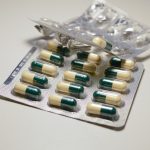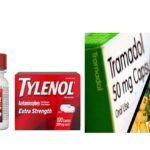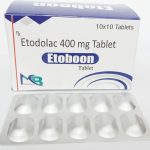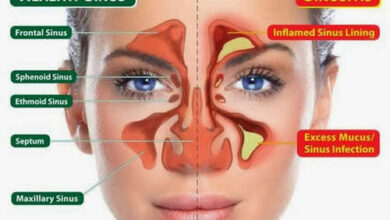Can You Snort Tramadol?
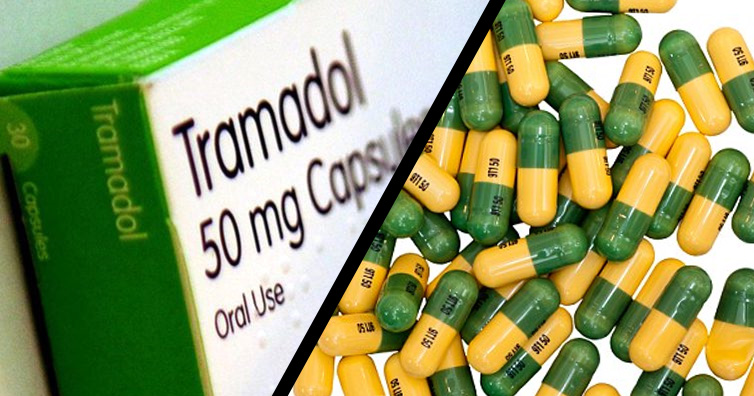
Snorting is one of the many means of using both recreational and prescription drugs. The drug is typically ground up into a powder by chopping it finely with a razor blade on a hard surface. It may then be divided into “lines,” and a straw or rolled paper may be used to inhale the drug up into the nasal passages. For some drugs, snorting is the preferred method for misuse, but the short- and long-term effects can lead to significant damage.
People often snort because they achieve a faster onset of desired effects when compared to other methods of delivery, other than smoking, which is faster than snorting. When snorted, the drug is absorbed almost immediately into the bloodstream through the soft tissues in the nasal cavities. Depending on the individual and the drug being used, it can take as little as 5 to 10 minutes for the drug to be absorbed and start producing effects when taken this way. Snorting may also amplify the effects of the drug, as is often the case with extended-release prescription medication.
What is Tramadol and How does it work?
Tramadol is used to relieve moderate to moderately severe pain. Tramadol extended-release tablets and capsules are only used by people who are expected to need medication to relieve pain around-the-clock. Tramadol belongs to a class of drugs called opioid agonists. A class of drugs is a group of medications that work in a similar way. These drugs are often used to treat similar conditions.
Tramadol works by changing how your brain senses pain. Tramadol is similar to substances in your brain called endorphins. Endorphins bind to receptors (parts of cells that receive a certain substance). The receptors then decrease the pain messages that your body sends to your brain. Tramadol works in a similar way to decrease the amount of pain your brain thinks you’re having.
How should tramadol be used?
Tramadol comes as a tablet, a solution (liquid), an extended-release (long-acting) tablet, and an extended-release (long-acting) capsule to take by mouth. The regular tablet and solution are taken usually with or without food every 4 to 6 hours as needed. The extended-release tablet and extended-release capsule should be taken once a day. Take the extended-release tablet and the extended-release capsule at about the same time of day every day. If you are taking the extended-release capsule, you may take it with or without food. If you are taking the extended-release tablet, you should either always take it with food or always take it without food. Take tramadol exactly as directed. Do not take more medication as a single dose or take more doses per day than prescribed by your doctor. Taking more tramadol than prescribed by your doctor or in a way that is not recommended may cause serious side effects or death.
Your doctor may start you on a low dose of tramadol and gradually increase the amount of medication you take, not more often than every 3 days if you are taking the solution, regular tablets or orally disintegrating tablets or every 5 days if you are taking the extended-release tablets or extended-release capsules.
If you are taking the solution, use an oral syringe or measuring spoon or cup to measure the correct amount of liquid needed for each dose. Do not use a regular household spoon to measure your dose. Ask your doctor or pharmacist if you need help getting or using a measuring device.
Do not stop taking tramadol without talking to your doctor. Your doctor will probably decrease your dose gradually. If you suddenly stop taking tramadol, you may experience withdrawal symptoms such as nervousness; panic; sweating; difficulty falling asleep or staying asleep; runny nose, sneezing, or cough; pain; hair standing on end; chills; nausea; uncontrollable shaking of a part of your body; diarrhea; or rarely, hallucinations (seeing things or hearing voices that do not exist).
Can You Snort Tramadol?
No, you should never snort Tramadol or any prescription medication. Drugs like Tramadol are formulated to be taken in a particular manner, often ingested orally, and to be released slowly. When taken properly, the medication is broken down in the stomach before it is absorbed into the bloodstream over time. By snorting, the full effect of the drug is released almost immediately, which can have serious consequences.
Snorting Tramadol can also have detrimental effects on your health. For people who repeatedly snort Tramadol, the cumulative irritation of the external nares (nostrils), nasal passages and sinus structures can lead to a number of adverse events, such as:
• Perforation of the nasal septum.
• Irritation of the nasal mucosa.
• Sinusitis.
• Nose bleeds.
• Loss of sense of smell.
• Problems swallowing.
• Hoarseness.
This process produces an amplified high but also increases the risk of negative consequences and overdose.
In case of overdose, call the poison control helpline at 1-800-222-1222. Information is also available online at https://www.poisonhelp.org/help. If the victim has collapsed, had a seizure, has trouble breathing, or can’t be awakened, immediately call emergency services at 911.
While taking tramadol, you should talk to your doctor about having a rescue medication called naloxone readily available (e.g., home, office). Naloxone is used to reverse the life-threatening effects of an overdose. It works by blocking the effects of opiates to relieve dangerous symptoms caused by high levels of opiates in the blood. Your doctor may also prescribe you naloxone if you are living in a household where there are small children or someone who has abused street or prescription drugs. You should make sure that you and your family members, caregivers, or the people who spend time with you know how to recognize an overdose, how to use naloxone, and what to do until emergency medical help arrives.
Your doctor or pharmacist will show you and your family members how to use the medication. Ask your pharmacist for the instructions or visit the manufacturer’s website to get the instructions. If symptoms of an overdose occur, a friend or family member should give the first dose of naloxone, call 911 immediately, and stay with you and watch you closely until emergency medical help arrives. Your symptoms may return within a few minutes after you receive naloxone. If your symptoms return, the person should give you another dose of naloxone. Additional doses may be given every 2 to 3 minutes, if symptoms return before medical help arrives.
Symptoms of overdose may include the following:
• decreased size of the pupil (the black circle in the center of the eye)
• difficulty breathing
• slow or shallowing breathing
• extreme drowsiness or sleepiness
• unable to respond or wake up
• slowed heartbeat
• muscle weakness
• cold, clammy skin

